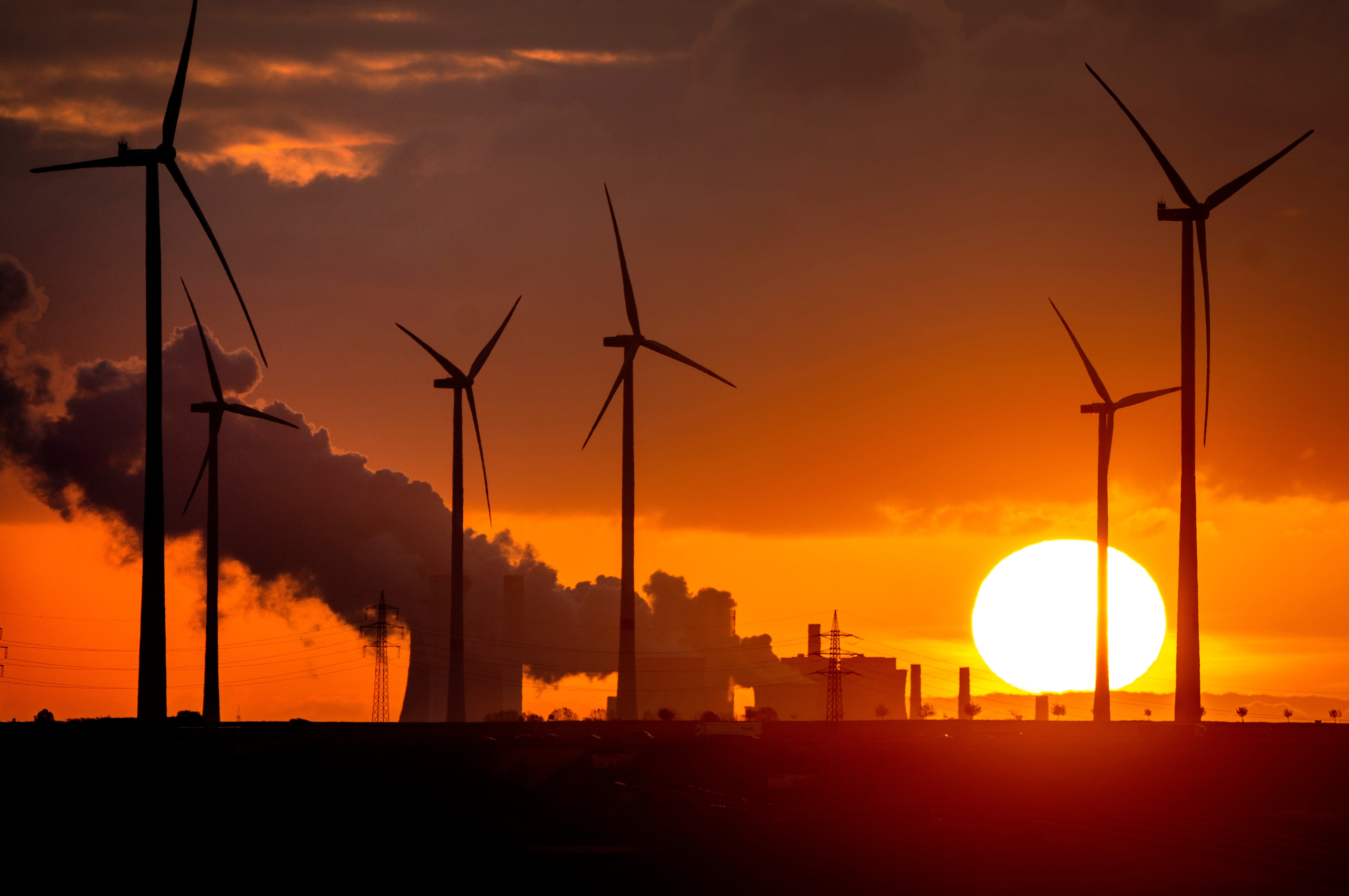Mapped: World’s biggest polluting countries as Cop28 gets underway
World’s biggest producer of Greenhouse Gasses accounted for 26% of global total.

World leaders started gathering in Dubai today for annual climate talks at Cop28, with observers around the world hoping that countries will make new commitments to reducing emissions to stop dangerous levels of global warming.
The UN’s Conference of the Parties involves leaders, including prime minister Rishi Sunak, and their delegations gather in the Middle Eastern city to accelerate climate action – though many campaigners have voiced their scepticism because of its location.
The United Arab Emirates (UAE) is one of the world’s chief oil exporters and there have been recent allegations that they planning to leverage the climate summit for new oil and gas deals. Cop28’s president Sultan al-Jaber, who is also CEO of UAE’s national oil company Adnoc, has denied these claims.
As talks at this year’s Cop28 begin, The Independent has put together this interactive map below which reveals the greenhouse gas (GHG) emissions for each country, with data obtained from the EU’s Emissions Database for Global Atmospheric Research 2023 report.
Darker areas on the map show the biggest GHG emitters, while lighter areas show the countries that produce the least harmful gasses.
The biggest GHG producer in the world is China. In 2022, China produced more than 25 per cent of the world’s harmful gasses, and the country’s share of annual greenhouse gas emissions has doubled over the past two decades due to rapid industrialisation and economic growth.
China aims to be net zero by 2060, making it one of the last 10 countries in the world to reach this goal if all targets are met.
The United States is the world’s second-worst culprit, emitting over 6 billion tonnes of GHG last year. While many other countries shifted away from natural gas in the face of last year’s price rises, the US increased its consumption.
Earlier this month, US president Joe Biden and his Chinese counterpart Xi Jinping pledged to accelerate their efforts to address climate change, by reducing emissions of methane and other greenhouse gases besides carbon dioxide.
Cooperation between the world’s two biggest emitters of greenhouse gases is considered vital to the success of the Cop28, and it wasn’t clear earlier this year whether the two governments would cooperate, given a sharp deterioration in ties over other issues including technology, Taiwan and Russia’s war in Ukraine.
Both countries “are aware of the important role they play” and “will work together ... to rise up to one of the greatest challenges of our time,” they said in a statement released two weeks ago.
The third largest producer of GHG emissions is India, accounting for roughly seven per cent of the global total.
The UK placed 23rd this year, emitting 426 million tonnes of GHGs, behind France, Thailand and Vietnam.
The Department for Energy Security and Net Zero say the UK is a “world leader” in clean energy, attracting more than £200 billion in low carbon investment since 2010. The government has pledged to phase out fossil fuels, though this target was pushed back by Rishi Sunak.
Countries have been meeting for various Cops for nearly 30 years and while there has been some progress on climate action to reduce emissions and grow clean energy networks, experts have said much more needs to be done to avert total climate disaster.
In the Paris Agreement in 2015, countries agreed to limit the average global temperature rise to 2C above pre-industrial levels and make every effort to stop it rising above 1.5C.
Cop28 is the first time that countries will assess progress towards this goal in what is being called the Global Stocktake, and it is unlikely to be positive given the UN has the Earth on track for a catastrophic 3C increase by the end of the century under the emissions reduction policies currently in place.
The UN wants countries to rectify this policy gap and rapidly reduce fossil fuel use – the main cause of the rising emissions.
Also on the table will be rich countries’ committed obligation to provide billions of dollars in funding to developing countries to help them adapt to the climate chaos they are already experiencing due to the carbon consumption of the developed world.
The funding is also supposed to go towards helping economies develop through clean energy instead of oil and gas and there will be pressure on countries such as China and India to rein in their use of dirtier sources of power like coal to reverse their increasing emissions.
Subscribe to Independent Premium to bookmark this article
Want to bookmark your favourite articles and stories to read or reference later? Start your Independent Premium subscription today.

Join our commenting forum
Join thought-provoking conversations, follow other Independent readers and see their replies